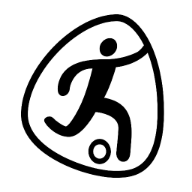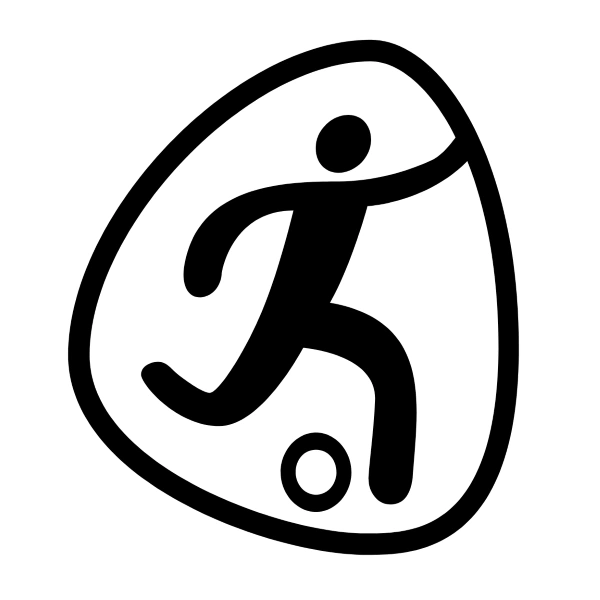Hansi Flick gets players back for this Sunday’s clash at Montjuïc. For the LaLiga matchday 11 game against Elche, the German coach has Robert Lewandowski and Dani Olmo available after they overcame their respective injuries. Both were included in the list announced by the coach at midday.
Olmo’s return gives Barcelona the connective tissue they have missed between midfield and attack. The Terrassa playmaker has recovered from the muscle injury to the soleus in his left leg sustained on October 13, which limited the team’s ability to create through interior spaces and break lines with late runs. His profile invites quicker combinations between the lines, sharper third-man movements and more fluid rotations with the wide players. Even if he is eased back with a managed minutes plan, Olmo’s presence changes the geometry of Barcelona’s possession play. He can occupy half spaces, receive on the half turn, and provide the disguised final ball that turns sterile circulation into true chance creation.
Lewandowski’s availability addresses a different need. The Polish striker has put behind him the biceps femoris tear that sidelined him since mid October. Without him, Barcelona often lacked a fixed reference in the area and struggled to pin center backs when crosses arrived. With Lewandowski back, Flick regains a penalty-box finisher who also acts as the first defender on goal kicks and long build-ups. His hold-up play can help Barcelona climb the pitch with more control, and his timing in the box remains a decisive asset on low cutbacks and far-post deliveries. Expect Barcelona to vary their attacking patterns a little more, using earlier crosses when the game state allows and inviting Olmo and the wide players to attack second balls around the D.
Despite these welcome returns, the medical room remains busy. Ter Stegen, Joan García, Gavi, Raphinha, Christensen and Pedri are out for medical reasons, which forces adjustments in multiple lines. The absence of Ter Stegen requires continued clarity in build-up, since his passing range is often the launch point for breaking a high press. Missing Christensen reduces flexibility at center back for rest defense and aerial duels. With Pedri and Gavi both unavailable, ball progression and counterpressing intensity must be recreated through collective movement and discipline rather than individual brilliance. Raphinha’s directness on the right is also a loss in terms of vertical threat and early crosses, so width and penetration will need to come from full backs and inverted wingers who can attack the far channel.
Because of these absences, Hansi Flick is forced to make changes to his lineup. The Canary Islands international was the only Barça player to have started every match, which underlines how stretched the squad has been. Flick continues to fill out the matchday group with youngsters from Barça Atlètic, and that carries both risk and opportunity. The risk is obvious in experience and game management, especially in tense phases against compact opponents. The opportunity is visible in energy, pressing aggression, and the hunger to seize a place in the rotation. In recent weeks the staff have simplified certain roles for the academy players, asking them to execute two or three clear tasks rather than carry a heavy creative burden. That clarity often accelerates their adaptation to the tempo of the top flight.
Tactically, the return of Olmo and Lewandowski allows Flick to toggle between a more positional 4-3-3 and a 4-2-3-1 that morphs in possession. In a 4-3-3, Olmo can act as an interior who climbs into the pocket while the near winger holds width and the full back chooses the moment to invert. In a 4-2-3-1, he can operate as a classic 10, linking the double pivot to the striker and helping to coordinate pressing triggers after turnovers. Either way, Barcelona will want quicker ball circulation through the first two lines, fewer touches in tight zones on the second phase, and a stronger occupation of the box when the ball goes wide. With Lewandowski back, the instruction to the wingers to arrive at the far post and the weak-side interior to crash the area becomes even more important.
Game management will be central, especially with players returning from muscle issues. Flick and his staff are likely to plan staged substitutions that protect workloads around the hour mark. The aim is to benefit from Lewandowski’s penalty-box gravity and Olmo’s creativity without overextending either one. Set pieces could become a valuable lever, given the personnel mix. Delivery quality will be key, since a well-hit corner or a rehearsed free-kick routine can tilt a tight match and reduce the physical strain on the returning stars.
Elche’s likely approach at Montjuïc is to stay compact, slow the rhythm, and attack transitions into the spaces vacated by advancing full backs. This places on Barcelona the responsibility to balance ambition with security. Rest defense positioning behind the ball, counterpressing immediately after losing it, and clean spacing between the center backs and holding midfielder will define how comfortable the match feels. If Barcelona maintain short distances between units and avoid isolated dribbles into blind alleys, the chances will come as fatigue and positional errors accumulate in the visiting block.
Mentally, the return of two leaders at opposite ends of the pitch can stabilize the group. Olmo’s communication in midfield helps younger players find the right starting positions. Lewandowski’s presence up front gives confidence that half chances will not go to waste. That psychological lift matters as much as any tactical tweak. When a team trusts that its structure and finishers are in place, the decision making improves, the touches become cleaner, and the collective looks more authoritative.
The story of the night will likely revolve around balance. Barcelona need to integrate two returning starters, protect their fitness, and still impose a game model that requires sharp movement and relentless concentration. If they manage those threads, the crowd at Montjuïc should see a performance with more vertical thrust, better final-third combinations, and a steadier feel in defensive transitions. The absences remain significant, but the spine looks stronger, and the pathway for academy contributions continues to be a feature rather than an emergency measure.


